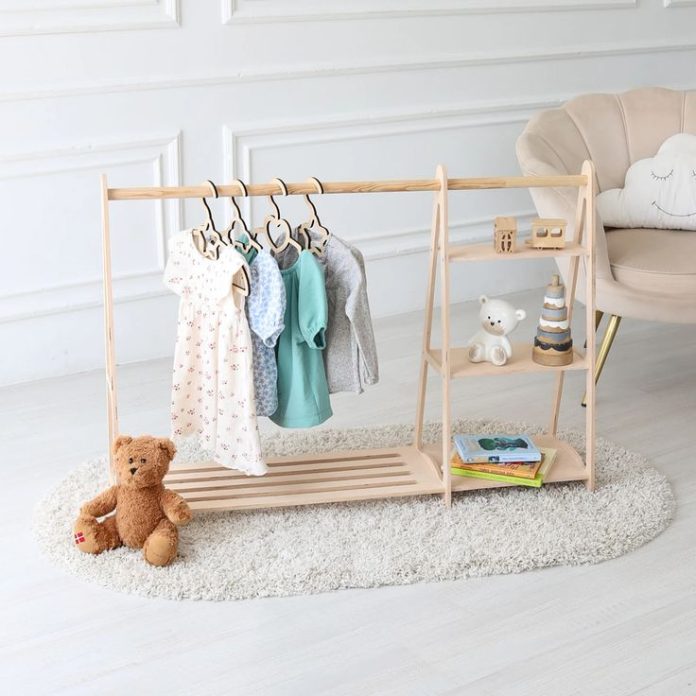Montessori education, developed by Dr. Maria Montessori in the early 20th century, emphasizes independence, freedom within limits, and a prepared environment conducive to learning. Central to this philosophy is the idea that children learn best through hands-on experiences and interaction with their surroundings. In line with this principle, Montessori furniture plays a crucial role in creating an environment that fosters exploration, creativity, and self-directed learning.
What is Montessori Furniture?
Montessori furniture refers to a specific type of furniture designed with the principles of the Montessori philosophy in mind. Unlike traditional classroom furniture, which is often standardized and uniform, Montessori furniture is tailored to meet the developmental needs of children at different stages of their growth. It is characterized by several key features:
1. Child-Centered Design
Montessori furniture is designed to be child-sized, enabling children to independently access and use it without adult assistance. From tables and chairs to shelves and storage units, each piece of furniture is proportioned to the child’s height and reach, empowering them to engage with their environment comfortably.
2. Natural Materials
In keeping with the Montessori emphasis on connecting with nature, many pieces of Montessori furniture are crafted from natural materials such as wood, cotton, and wool. These materials not only contribute to a warm and inviting learning environment but also provide sensory experiences that stimulate exploration and discovery.
3. Simplistic and Minimalistic Design
Montessori furniture typically features clean lines and simple shapes, free from unnecessary ornamentation or decoration. This minimalist design aesthetic encourages focus and concentration by reducing visual distractions and clutter in the learning environment.
4. Accessibility and Organization
Another hallmark of Montessori furniture is its emphasis on organization and accessibility. Open shelving units and low-level storage bins allow children to easily see and access materials, promoting independence and self-directed learning. Additionally, furniture is arranged to facilitate movement and flow within the classroom, encouraging children to navigate the space freely and engage in purposeful activities.
Benefits of Montessori Furniture
The use of Montessori furniture offers numerous benefits for both children and educators:
1. Promotes Independence
By providing furniture that is tailored to their needs and abilities, Montessori environments empower children to take ownership of their learning journey. From choosing their workspaces to accessing materials independently, children develop confidence and self-reliance as they navigate their surroundings.
2. Supports Concentration and Focus
The thoughtful design of Montessori furniture minimizes distractions and promotes a sense of order and calm in the classroom. As a result, children are better able to concentrate on their chosen activities, deepening their engagement and enhancing their learning experience.
3. Fosters Creativity and Exploration
The child-centered nature of Montessori furniture encourages exploration, experimentation, and imaginative play. By providing open-ended materials and flexible learning spaces, children are inspired to follow their interests, make discoveries, and express their creativity in meaningful ways.
4. Cultivates a Sense of Community
Montessori furniture is designed to facilitate collaboration and social interaction among children. Montessori furniture plays a vital role in creating an enriched learning environment that aligns with the principles of Montessori education. By prioritizing child-centered design, natural materials, simplicity, and accessibility, Montessori furniture supports independence, concentration, creativity, and community among children.







